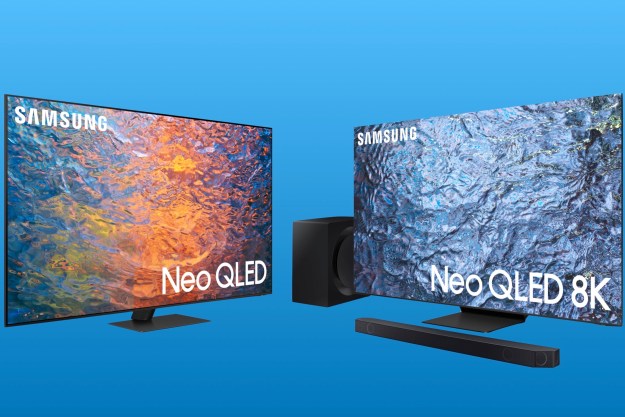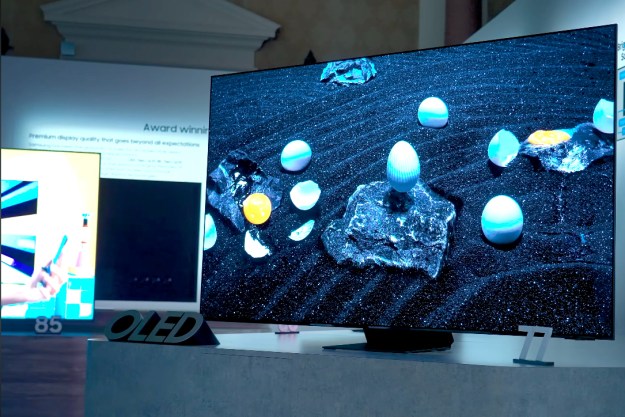Samsung has the ability to disable its TVs remotely. A recently published Samsung support page and press release spotted by The Verge describes how the company is able to respond to reports of stolen Samsung TVs by using a feature called Samsung TV Block to disable the sets over the internet.
The announcement comes in the wake of violent unrest in South Africa in July. At that time, an undisclosed number of Samsung TVs were stolen from one of Samsung’s warehouses, according to the report.
“The blocking system is intended to be implemented in respect of televisions that have been obtained by users through unlawful means and, in some cases, stolen from the Samsung warehouses,” says a press release that was issued by Samsung earlier in August. The Samsung TV Block support page claims that blocking will come into effect when the user of a stolen television “connects to the internet, in order to operate the television.”
That same page reassures people whose TV might become unintentionally deactivated via the TV Block feature that they can have their sets re-enabled through the same mechanism — but they will need to provide proof of purchase. That could prove tricky, especially for those who legitimately bought their TV on the used market but didn’t receive a copy of the original retail receipt from the seller.
Samsung says that TV Block technology is already preloaded on all Samsung TV products to protect retailers by limiting the incentive for looting and third-party purchases. But given that it has never publicized the feature or printed shipping boxes with a warning label, it’s not clear how the company expects it to act as a deterrent to theft. Moreover, the ability to deactivate a stolen TV requires two things: The TV must be connected to the internet and Samsung needs to know the TV’s serial number. Since basic TV operations don’t actually require internet access, it’s entirely possible for stolen TVs to be used without ever connecting to the internet.
It’s also not entirely clear whether or not individuals can contact Samsung in the event that their personal TV is stolen so that the TV Block feature can be engaged, though it appears to be something the company is at least considering:
“In keeping with our values to leverage the power of technology to resolve societal challenges,” said Mike Van Lier, director of consumer electronics at Samsung South Africa, “we will continuously develop and expand strategic products in our consumer electronics division with defense-grade security, purpose-built, with innovative and intuitive business tools designed for a new world. This technology can have a positive impact at this time, and will also be of use to both the industry and customers in the future.”
Samsung is currently the largest seller of TVs globally. In the first quarter of 2021, it had a 32.9% share of the global market, according to business-standard.com, which translates into roughly 16.8 million TVs sold.
Digital Trends has reached out to Samsung for comment and we’ll update this article when the company responds.
Editors' Recommendations
- Samsung’s new 98-inch DU9000 4K TV is just $4,000. Can it beat TCL and Hisense?
- Samsung’s 2024 Neo QLED TVs are here, and you can preorder them now from $1,200
- Samsung’s 2024 TVs are bigger and packed with AI and accessibility features
- Samsung confirms its 2023 QD-OLED TVs start at just $1,900, are available now
- Samsung S95C OLED hands-on review: it’s time to get excited



